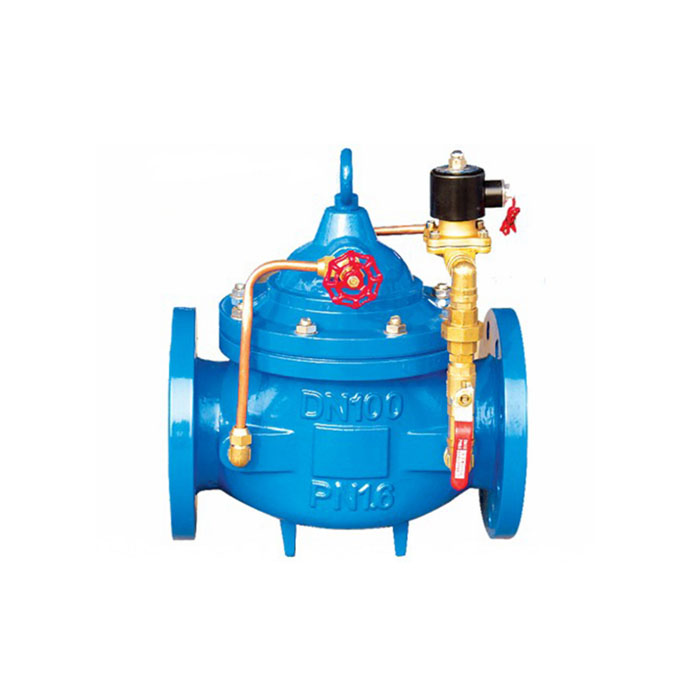dn100 flange
Understanding DN100 Flanges An In-Depth Overview
Flanges are crucial components in piping systems, providing a mechanism for connecting pipes, valves, pumps, and other equipment. Among the various sizes and types of flanges available, the DN100 flange holds a unique position due to its standardized size and versatility in numerous applications. In this article, we will delve into the characteristics, applications, and critical considerations surrounding DN100 flanges.
What is a DN100 Flange?
The DN in DN100 stands for Diameter Nominal, a term used in Europe and many other regions to specify the nominal size of pipes and their associated flanges. DN100 indicates a nominal diameter of 100 millimeters (approximately 4 inches). Flanges come in different materials, including carbon steel, stainless steel, and PVC, and are available in several pressure ratings, such as PN10, PN16, and ANSI classes.
DN100 flanges are typically produced according to various standards such as ASME (American Society of Mechanical Engineers), BS (British Standards), and DIN (Deutsches Institut für Normung). This standardization ensures compatibility and interchangeability in piping systems, a critical factor for maintenance and repair operations.
Types of DN100 Flanges
DN100 flanges come in several designs, each tailored for specific applications
1. Weld Neck Flanges These flanges are characterized by a long neck that gradually transitions to the pipe, making them suitable for high-pressure applications. The weld neck design allows for a strong and durable connection.
2. Slip-On Flanges As the name suggests, these flanges slip over the pipe. They are easier to install and are commonly used in lower-pressure applications. However, they are less robust compared to weld neck flanges.
3. Blind Flanges These are solid flanges without a hole, used to seal the ends of pipes or to close off a piping system. They are crucial in maintenance and future expansion considerations.
4. Socket Weld Flanges Designed for small pipe diameters, socket weld flanges allow for a smooth flow and are used in applications requiring a strong seal without the hassle of complex welding techniques.
5. Lap Joint Flanges These consist of a flange and a stub end. They are mainly used in applications requiring frequent dismantling and maintenance, allowing for easy removal of the piping system.
dn100 flange

Applications of DN100 Flanges
DN100 flanges are utilized across various industries, including
- Oil and Gas Used in refineries, pipelines, and processing facilities, where secure connections are vital. - Water Treatment Common in systems that require large volumes of water to be transported or treated. - Chemical Industry Essential for connecting pipes in chemical plants, ensuring safe and efficient transportation of chemicals. - Power Generation Found in both renewable and non-renewable energy sectors, where robust piping systems are required to handle high pressures and temperatures. - HVAC Systems Employed in heating, ventilation, and air conditioning systems for both industrial and commercial applications.
Considerations When Choosing DN100 Flanges
When selecting DN100 flanges, several factors should be taken into consideration
1. Material The choice of material is based on the fluid being transported, pressure, temperature, and environmental conditions. For instance, corrosive liquids may require stainless steel or specialized alloys.
2. Pressure Rating It’s essential to choose a flange that can withstand the maximum pressure conditions of the application. Understanding the application’s needs will inform whether to opt for higher or lower pressure-rated flanges.
3. Standards Compliance Use flanges that comply with relevant industry standards to guarantee safety and compatibility. This is crucial for maintenance and when integrating new components into existing systems.
4. Installation and Maintenance Consider ease of installation, access for maintenance, and the need for future expansions or alterations in the piping system.
Conclusion
In summary, DN100 flanges are integral components in various piping systems across multiple industries. Their standardized design and various types allow for versatility and compatibility critical for efficient system design and operation. Understanding the characteristics, types, and application guidelines for DN100 flanges can ensure a reliable and robust piping infrastructure, contributing to the overall safety and efficiency of industrial processes. Whether you are involved in design, installation, or maintenance, appreciating the significance of DN100 flanges will enhance your capabilities in managing complex piping systems.
-
Breakthrough in Domestic Low Temperature Valve Technology in ChinaNewsAug.18,2025
-
From Machinery to Intelligent Brain: The Digital Transformation Wave of the Valve IndustryNewsAug.18,2025
-
PCVEXPO 2025NewsAug.18,2025
-
The Key to Fluid Control: Exploring the Advantages of Ball Valves in Industrial SystemsNewsJul.09,2025
-
The Versatile World of 1, 2, and 3 Piece Ball ValvesNewsJul.09,2025
-
Stainless Steel Ball Valves: The Ideal Choice for Efficient Flow ControlNewsJul.09,2025
-
Optimizing Fluid Control with Ball Float ValvesNewsJul.09,2025




